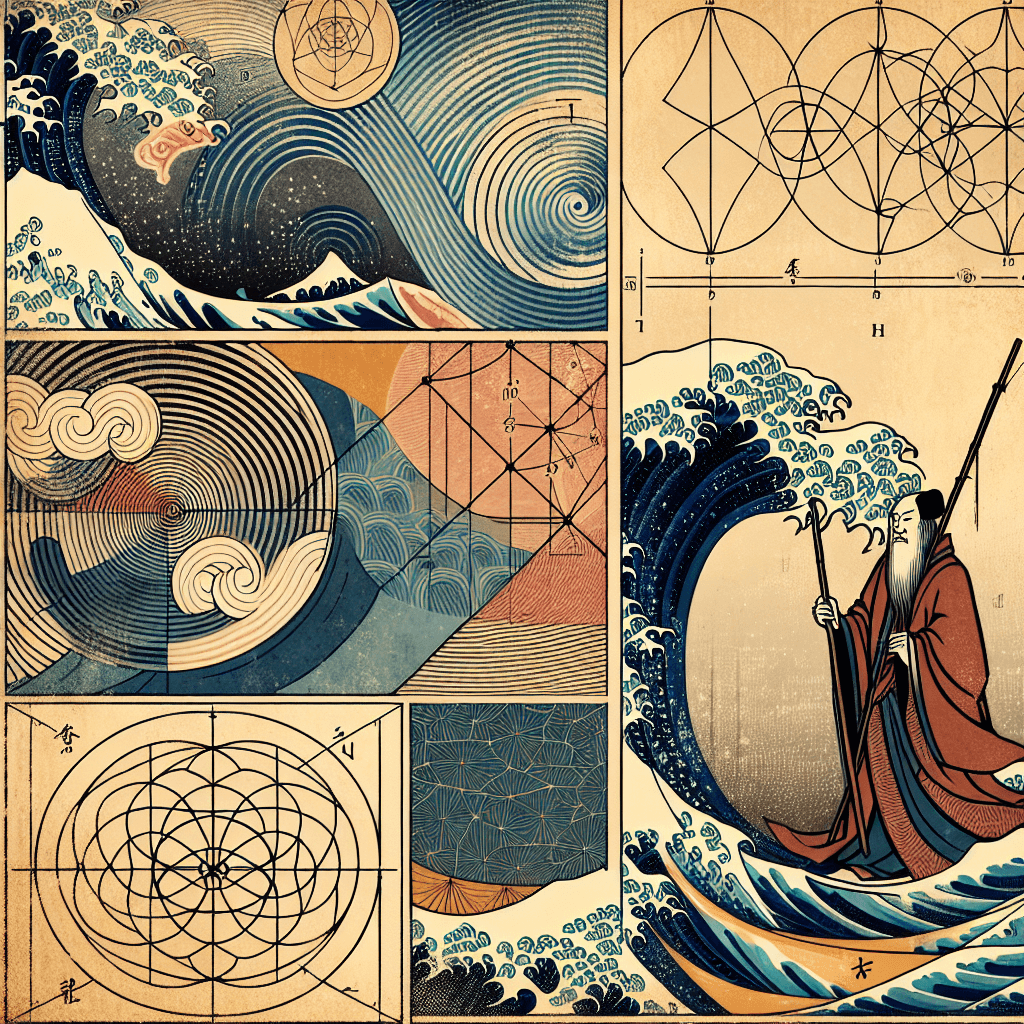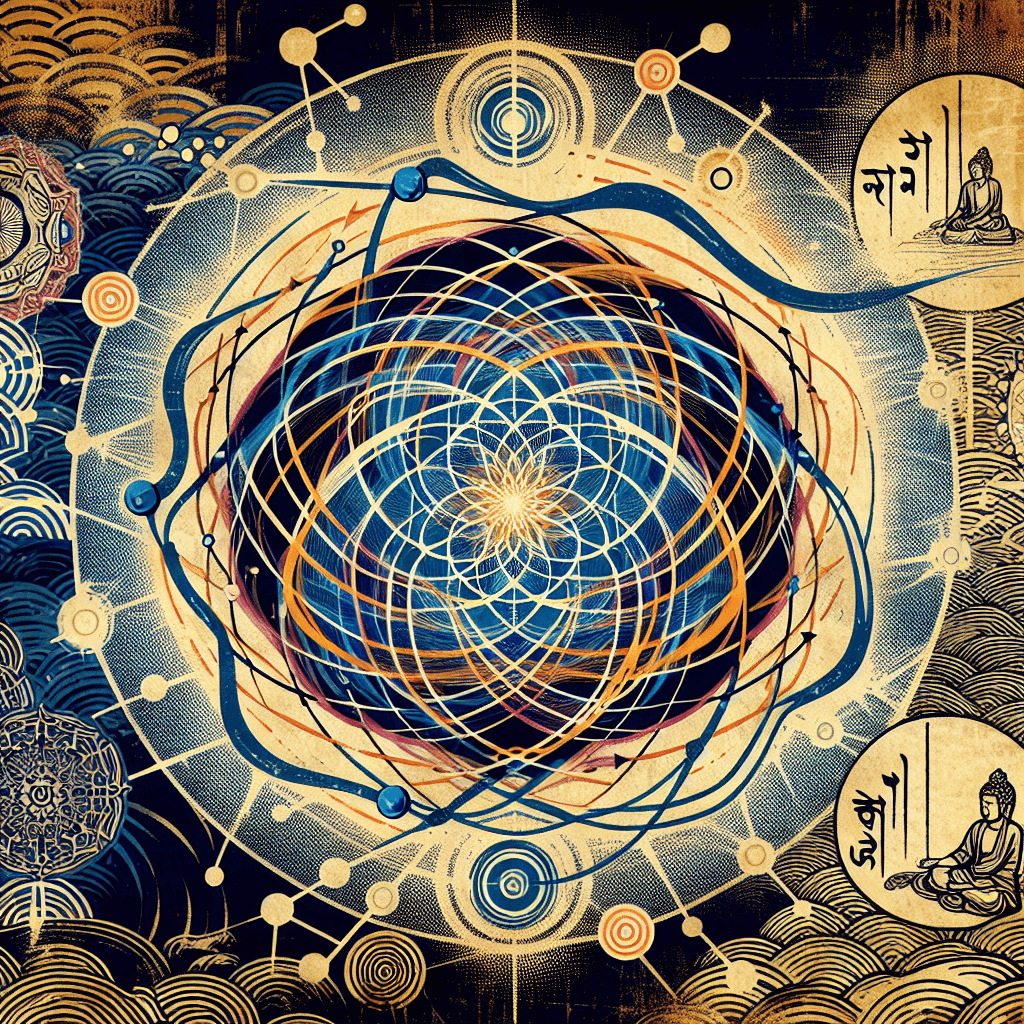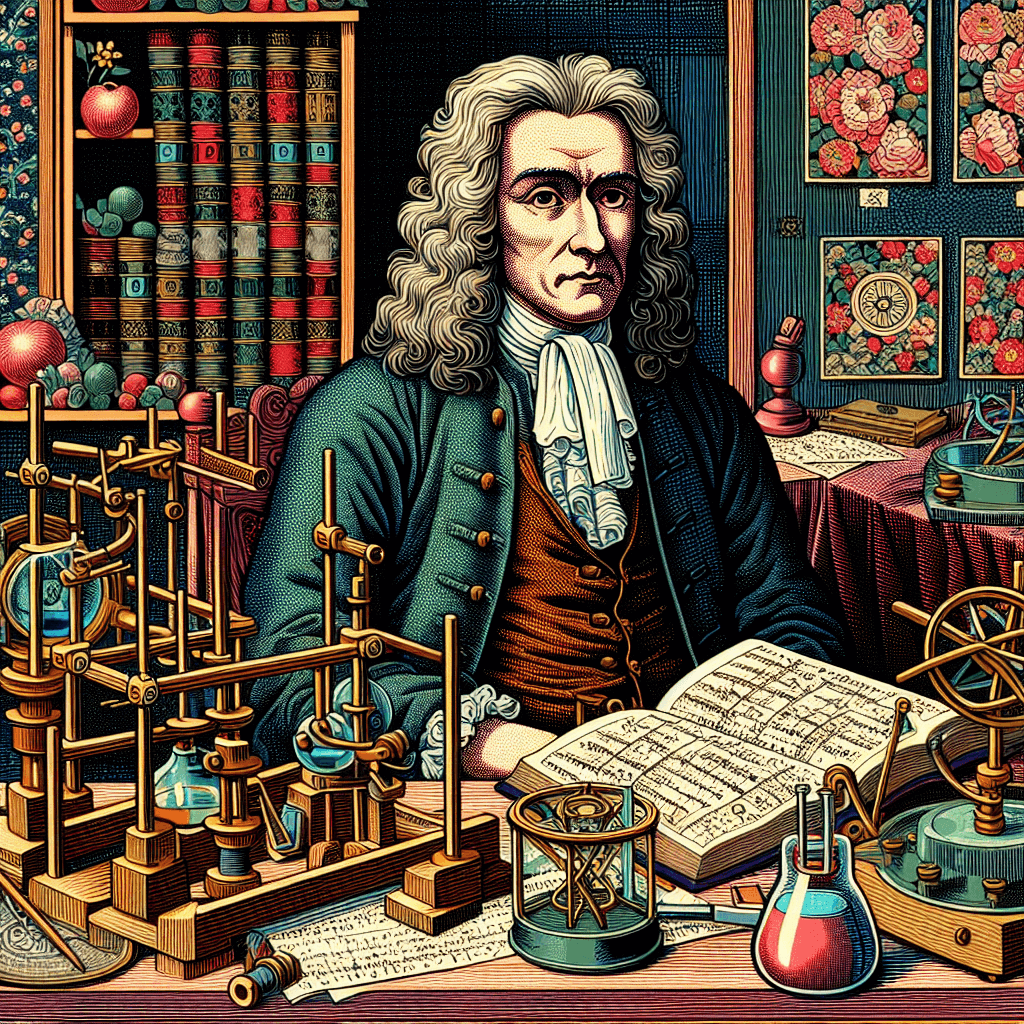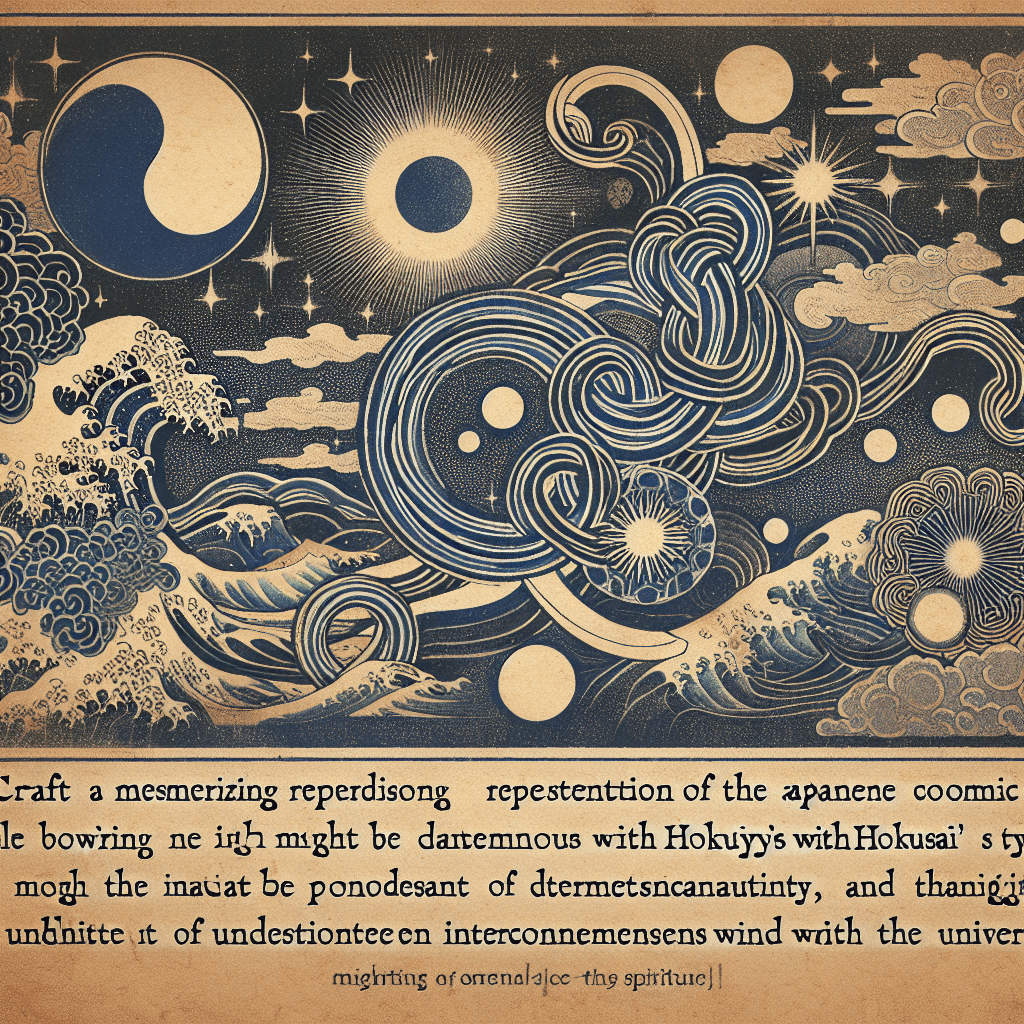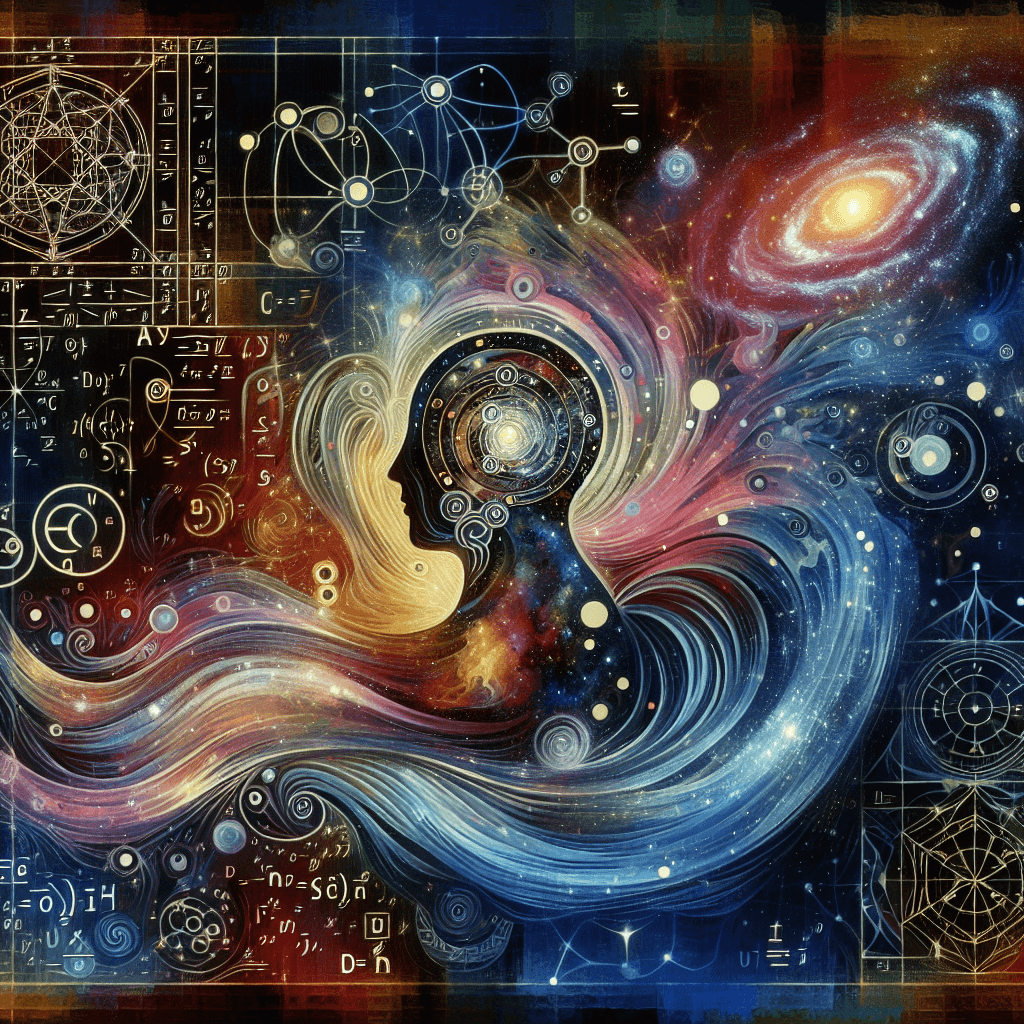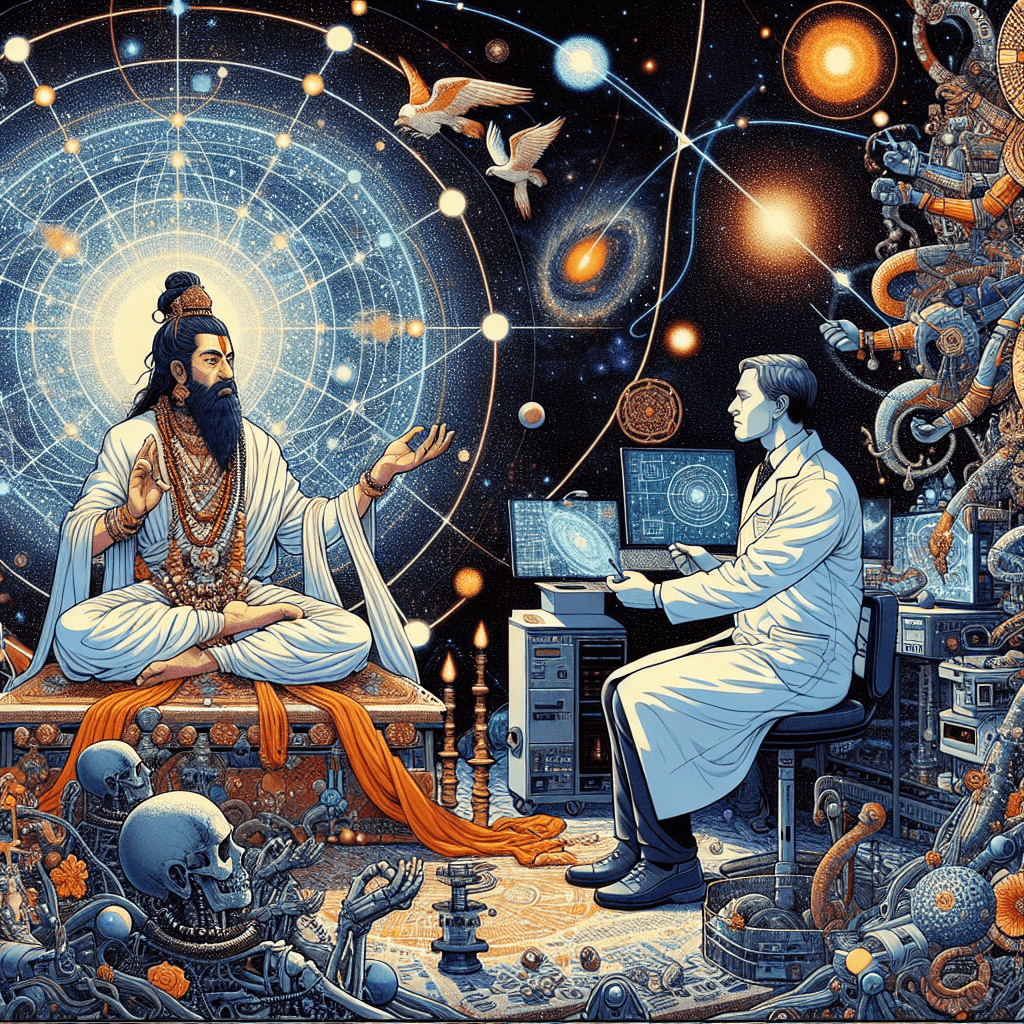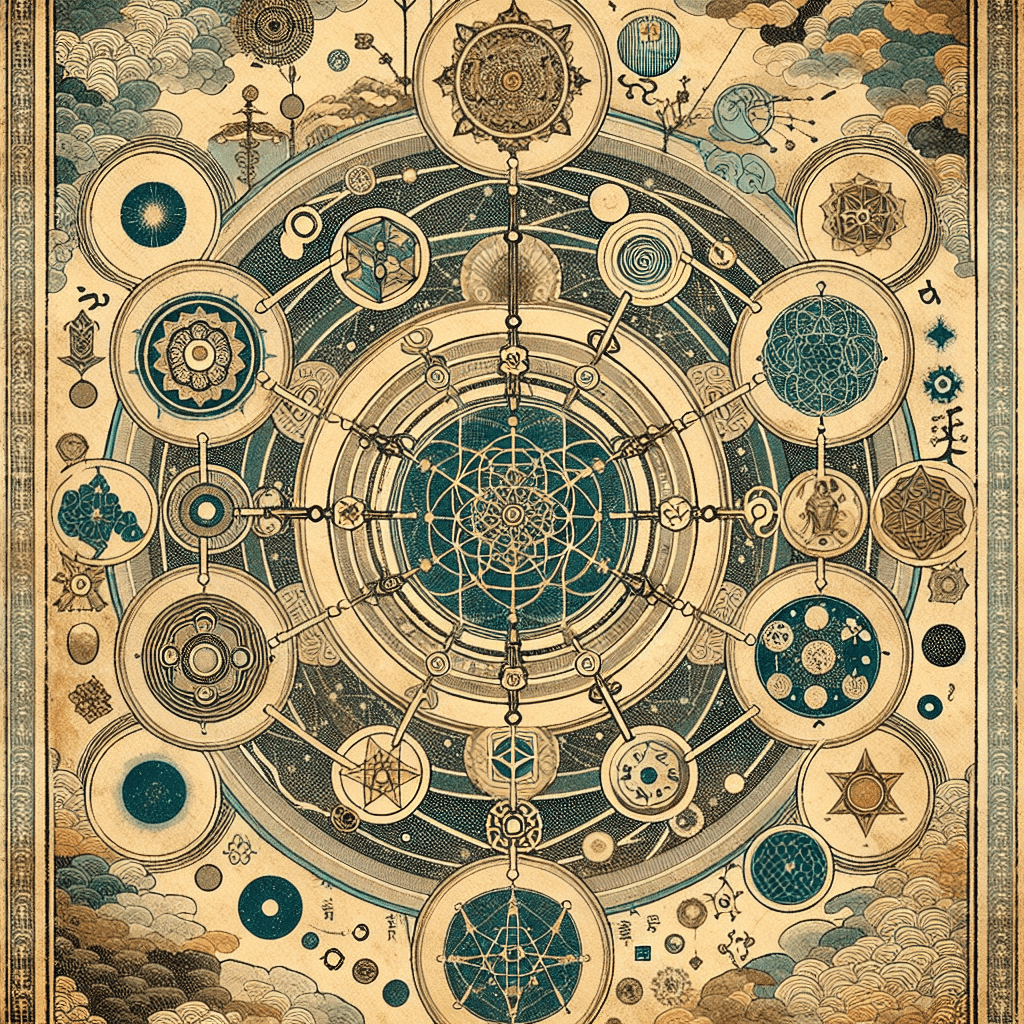The Enlightened Ones: A Comparative Study of Mystical Realization in Judaism and Hinduism
syndu | July 6, 2023, 9:30 p.m.

The Enlightened Ones: A Comparative Study of Mystical Realization in Judaism and Hinduism
In the vast tapestry of human spiritual experience, two traditions stand out for their rich and profound mystical insights: Judaism and Hinduism. Both traditions recognize individuals who have attained a deep level of spiritual realization. In Judaism, such individuals are often referred to as Tzadikim, while in Hinduism, they are known as Jivanmuktas. Let's delve into how these two traditions describe these enlightened beings.
The Tzadik in Judaism
In Jewish mysticism, particularly in Kabbalah and Hasidism, a Tzadik is considered a righteous person who has achieved a high level of spiritual realization. The Tzadik is seen as a spiritual leader, a guide, and a channel for divine blessings. They are individuals who have not only studied Torah and fulfilled the commandments but have also internalized these teachings to transform their hearts and minds.
A Tzadik is often described as someone who has mastered their "Yetzer Hara" (evil inclination) and "Yetzer Hatov" (good inclination), achieving a balance that allows them to serve God with both. They are individuals who have transcended their ego and are driven by a deep love for God and for all of creation.
The Jivanmukta in Hinduism
In Hindu philosophy, a Jivanmukta is someone who has achieved "Moksha" or liberation while still alive. This means they have realized their true nature as "Atman," the eternal soul, which is one with "Brahman," the ultimate reality. A Jivanmukta is free from the cycle of birth and death, and from the illusion of separateness.
A Jivanmukta is often described as someone who is in the world, but not of it. They perform their duties without attachment to the results, seeing all actions as offerings to the Divine. They see the same Divine essence in all beings and are untouched by pleasure or pain, honor or dishonor. They are embodiments of equanimity, love, and wisdom.
A Comparative Glance
Both the Tzadik and the Jivanmukta represent the pinnacle of spiritual realization in their respective traditions. They are individuals who have transcended the ego and realized their oneness with the Divine. They both embody love, compassion, wisdom, and a deep sense of inner peace.
However, there are also differences in how these enlightened beings are described. In Judaism, the emphasis is more on ethical living, community service, and fulfilling the commandments. The Tzadik is seen as a spiritual leader and a guide, actively engaged in uplifting their community.
In Hinduism, the Jivanmukta is often portrayed as more detached from the world, performing their duties without attachment or desire for the fruits of their actions. They are seen as free from the cycle of birth and death, residing in a state of inner liberation.
In conclusion, both Judaism and Hinduism provide us with inspiring visions of spiritual enlightenment. Despite the differences in cultural and philosophical contexts, the similarities in these descriptions remind us of the universal human potential for spiritual growth and realization. Whether we aspire to be a Tzadik or a Jivanmukta, the journey is one of love, wisdom, and transcendence.
